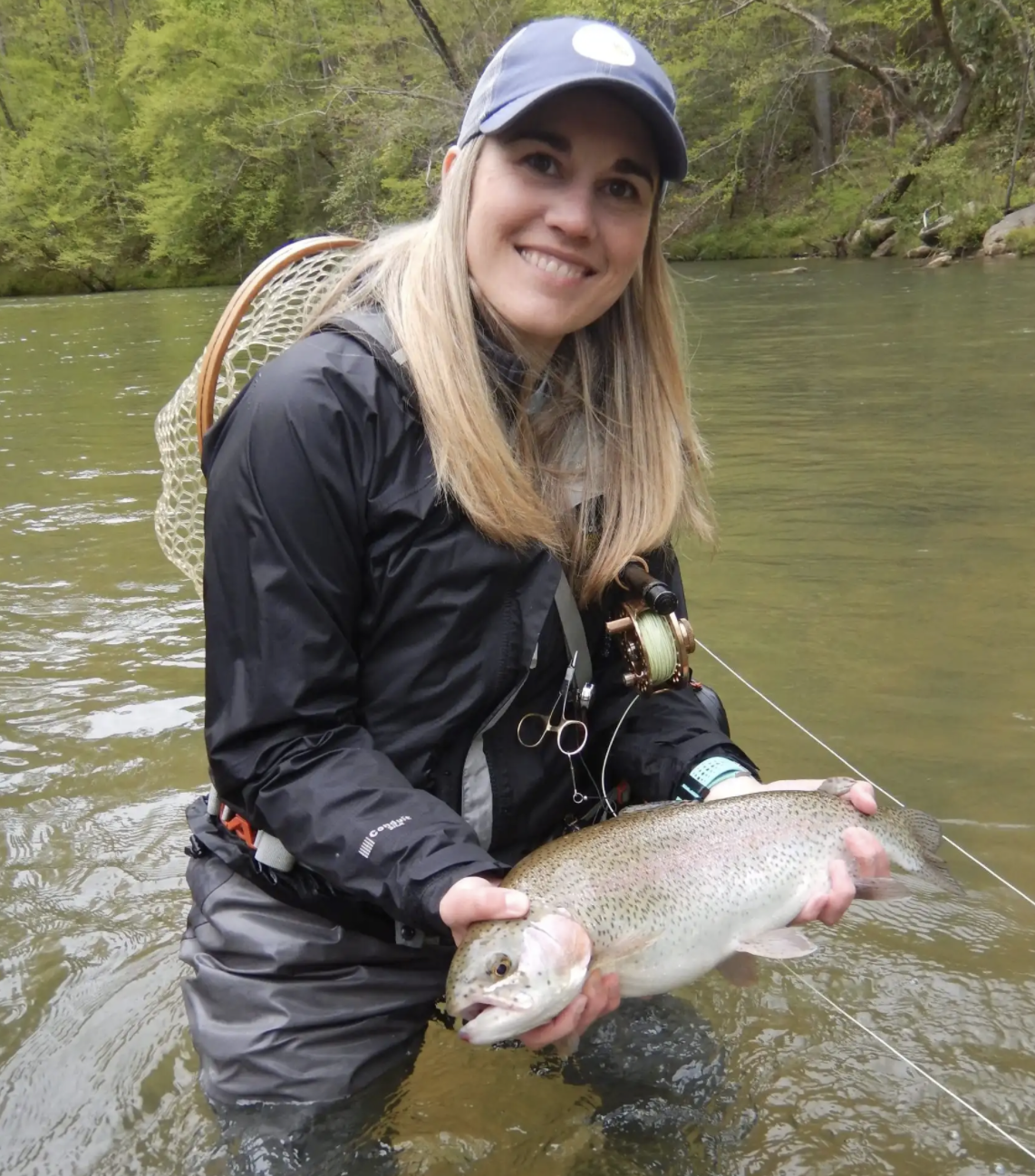
First-aid kits are essential for outdoor adventures. The last predicament you want to be in miles from any road is a situation that could have been avoided or helped with a first-aid kit. There are a wide range of options for first-aid kits, including prepackaged kits that have general supplies. Many experienced hikers discourage newbies from purchasing these, because they are rarely looked through, and the average person won’t know how to use many of the items included. In an emergency situation, knowing what is in your kit and how to use it could save your life or the life of a friend.

When assembling a first-aid kit, start with the basics. You can never have too many adhesive bandages in every shape and size. The more options on the trail, the better. It’s also good to have some elastic wraps in your kit. These can keep swelling down on sprained ankles or wrists and support aching or swelling knees. The basic medications to pack are an antibiotic ointment, anti-inflammatories and anti-sting medications. After assembling the basics, consider some other, less common tools that may come in handy while outdoors.
The first tool that isn’t often thought of for a first-aid kit is duct tape. We have used duct tape for a wide array of situations including repairing a tent, cushioning blisters or fixing the sole of a hiking boot. Duct tape is so versatile. Don’t go outdoors without it.

The next tool to consider adding to a first-aid kit is a whistle. Whistles can help first responders locate your party in an emergency and many daypacks have them built into the chest strap.
A CPR mask is also crucial in a first-aid kit. Knowing how to provide CPR is a life-saving skill and you never know when you will need it. Masks come in all shapes and sizes and do not take up much room in the kit.

Many experienced hikers recommend tweezers and scissors in a first-aid kit as well. We have combined these two elements in a multitool or Swiss Army Knife. These also come in all shapes and sizes and have more gizmos than you will ever need. Even my eight-year-old has one and knows how to use it.
Since we normally hike with kids when the weather is warm, our first-aid kit also includes bug spray. Try to avoid spraying bug spray directly on a child’s skin. Instead, spray on clothing such as hats, socks and boots to keep the unwanted insects at bay and avoid skin irritation.

Now that our kids are older and can handle multi-day hikes, we have added a fire starter to our kit. Even if our matches or lighter gets wet or damaged, we still have a way of staying warm in the backcountry.

My last suggestion for a working first-aid kit is extra batteries for your headlamp. Batteries wear out fast in the cold and having a lamp at night is essential, especially when providing first aid.
When hiking and having outdoor adventures, take it from the Boy Scouts and always be prepared. The longer your family spends outdoors, the more elements and tools are necessary in your first-aid kit. Knowing how to use each item in the kit can make the difference in a life-threatening situation.





